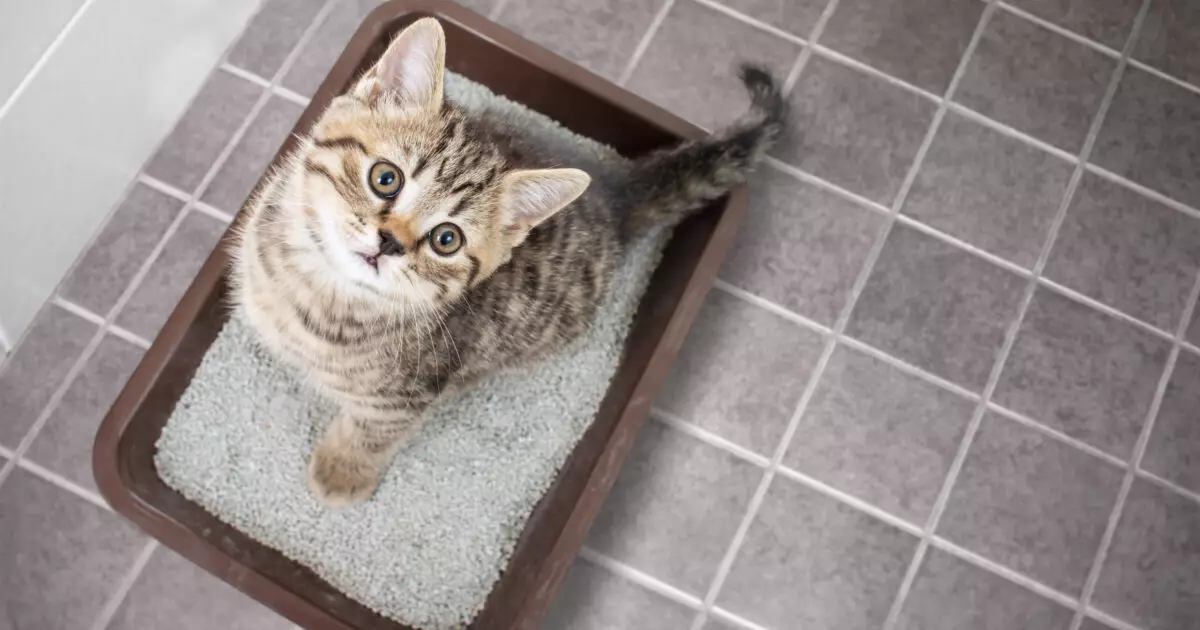Cats captivate us with their playful demeanor and independent nature. However, beneath their charming exterior, many pet owners often underestimate the vital importance of monitoring their feline companions’ health. As loving cat parents, it’s our responsibility to prioritize their well-being. Despite their ability to mask pain and discomfort, many prevalent health issues can be unmasked by recognizing specific signs and symptoms. This article will explore common feline health concerns and offer practical advice on promoting a happy, healthy life for your beloved pet.
The Silent Suffering: Recognizing Common Health Problems in Cats
Cats possess an innate ability to conceal their illnesses, often leading owners to believe their pets are in excellent health. However, various ailments lurk beneath the surface, particularly health issues related to their litter box habits. One of the most frequently encountered problems is a urinary tract infection (UTI). While adult female cats are more susceptible to UTIs, male cats can experience more severe complications due to urinary blockages. The underlying culprit is often bacterial infection, leading to symptoms such as increased urination, signs of discomfort, and even blood in the urine.
In addition to UTIs, another health concern pet owners should be aware of is cystitis, or bladder inflammation. Unlike UTIs, which are primarily bacterial, cystitis may arise from a variety of unknown causes. Its symptoms include frequent urination, potential blood presence, and general distress during urination. Furthermore, bladder stones, the mineral-based formations within a cat’s bladder, can also result in considerable discomfort and may require medical intervention if not addressed promptly.
Understanding Acid-Base Balance: Metabolic Acidosis and Its Symptoms
Diabetes and kidney diseases can lead to more complex health issues, such as metabolic acidosis. This condition manifests when excess acid builds up in the cat’s bloodstream, frequently linked to chronic kidney issues. Symptoms can be subtle yet severe, including difficulty breathing, muscle weakness, and neurological disturbances such as seizures.
On the other hand, renal tubular acidosis arises when the kidneys struggle to excrete acids in the urine. This leads to two critical issues: elevated acid levels in the blood and reduced acidity in the urine. Symptoms can include dehydration, excessive thirst, and noticeable weight loss, among others. Awareness of these conditions is crucial for timely veterinary intervention.
Preventing Health Issues: Practical Strategies for Cat Owners
While understanding potential health problems is vital, proactive measures significantly enhance your cat’s quality of life. The first step in prevention is maintaining a clean litter box. Neglected litter boxes can become hotbeds for bacteria, increasing the likelihood of UTIs and other health problems. Regular cleaning and changing litter can help protect your pet from harmful infections.
Equally important is evaluating your cat’s diet. Opt for high-quality, protein-rich cat food, steering clear of cheap fillers that can compromise health. Wet or fresh food typically provides better hydration, crucial in preventing urinary issues. Importantly, being attentive to your cat’s stress levels is also essential. Cats thrive in stable, enriched environments that offer plenty of playtime and exploration opportunities. Providing climbing structures and hiding spots can alleviate stress and anxiety.
For households with multiple cats, ensuring each pet has their own separate resources, such as litter boxes and water dishes, will help reduce territorial disputes and promote comfort.
Routine veterinary care is paramount in detecting health issues before they escalate. Cats should undergo regular check-ups, covering vaccinations and preventive care. If unusual behavior or symptoms arise, be proactive and consult your veterinarian to address concerns swiftly.
In the enriching journey of cat parenthood, new technologies can make a significant difference. PrettyLitter, an innovative product designed to monitor your cat’s health, stands out as a prime example. This advanced litter employs color-changing technology to detect variations in urinary pH. If the litter reveals unusual colors—such as blue (indicating UTIs), orange (signifying metabolic acidosis), or red (potentially indicating bladder inflammation)—it can alert pet owners to potential health issues long before symptoms become evident.
Switching to a litter that prioritizes your cat’s health offers dual benefits: it keeps your living space clean and promotes timely veterinary interventions, potentially saving your cat’s life.
Awareness, prevention, and regular monitoring are the keys to ensuring a long, healthy life for your cat. By taking an active role in their care, you can make a significant impact on their well-being. Whether it’s through regular vet visits, maintaining a clean litter box, providing a nutritious diet, or utilizing health-monitoring products like PrettyLitter, your commitment can elevate your furry friend’s quality of life. Don’t wait; start adopting these practices today for a healthier tomorrow for your beloved feline.

